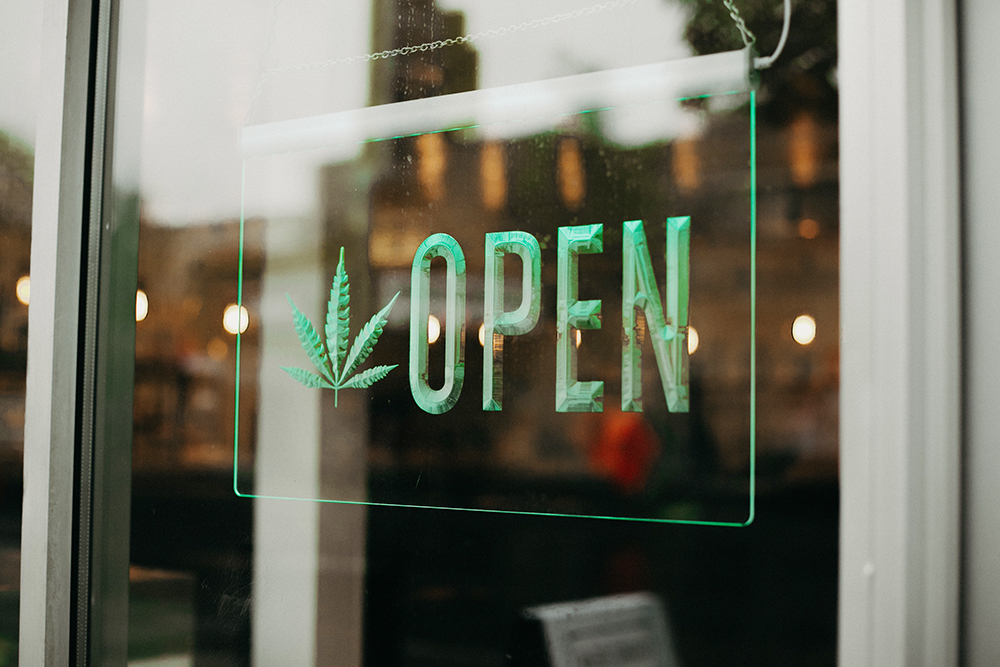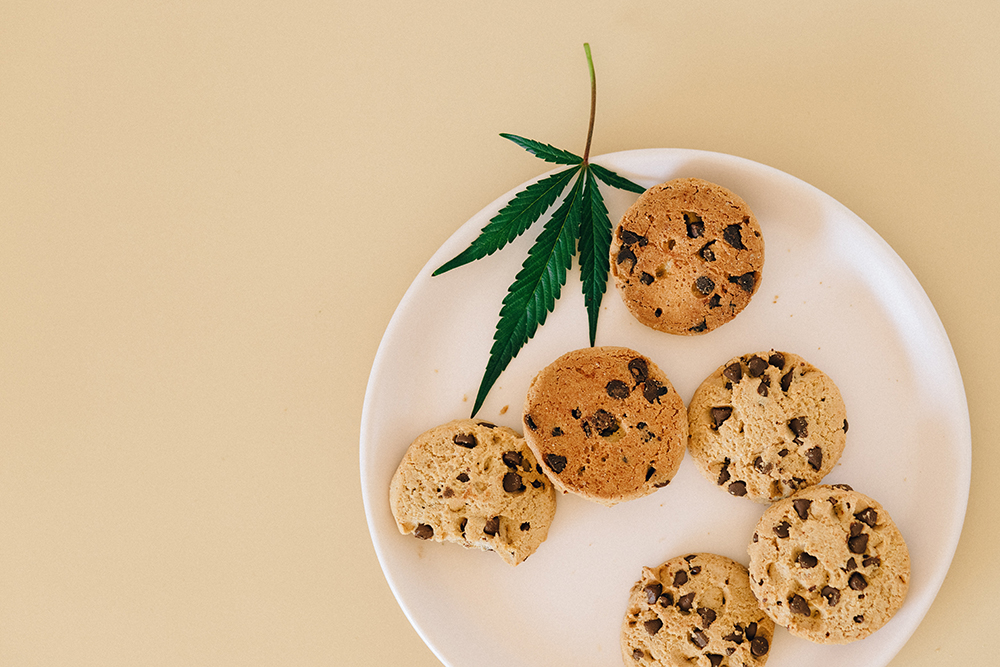If you are interested in using medical marijuana as a treatment for pain, loss of appetite and other medical conditions, you are not alone. According to the Centers for Disease Control and Prevention, about 22.2 million people use marijuana or other forms of cannabis each month. Knowing what to expect when applying for a medical marijuana card and visiting a dispensary can take some of the stress out of this process for you and your family members.
Applying for a Medical Marijuana Card
The application process for a medical marijuana card varies from state to state. In states where recreational use of cannabis is permitted, you will not need a medical marijuana card to purchase cannabis products. For states in which only medical marijuana use is allowed, however, you will typically need to follow a few simple steps.
Contact a medical marijuana doctor online or in your community.
A simple search on Google for “medical marijuana card” will usually provide you with a few local choices and information on how to contact these medical professionals. If you prefer to contact a doctor online, you can also search for “medical marijuana doctor” to get a few choices in your area.
Receive a recommendation
Receive a recommendation for medical marijuana from a physician licensed to practice in your state. In most cases, you will need to show that you suffer from a qualifying condition to receive this recommendation from your chosen physician.
Identify the licensing agency in your state.
This is usually a division of the Department of Health and Social Services or other health and welfare agency. If you can visit the site online, it will usually provide you with detailed information on how to submit your application.
Submit your application
Submit this along with your medical forms and any other required information.
Once your application has been received by the appropriate agency within your state, you will typically need to wait between two weeks and two months to learn whether your application has been approved. Your card may arrive in the mail or in a digital form that you can download and print or show on your mobile devices.
Conditions That Qualify for Medical Marijuana
According to the Mayo Clinic, a significant number of medical conditions can allow you to qualify for medical marijuana use in most states:
• Severe or chronic pain, including diabetic neuropathy
• Chronic nausea
• Multiple sclerosis
• Alzheimer’s disease
• Epilepsy or seizure disorders
• Some forms of cancer
• Amyotrophic lateral sclerosis (ALS)
• Glaucoma
• Crohn’s disease
If you have any of these conditions, you should let your physician know at the time of your medical marijuana appointment. In most cases, your doctor will be able to recommend cannabis products as a way of treating these ailments in a more natural way.
Your Medical Marijuana ID Card
Your medical marijuana identification card will typically list your name, a unique ID number, your date of birth, and an expiration date for your medical marijuana privileges. If you received a digital version of your medical marijuana ID, you can usually save it to your phone to make it easier to take this information with you and to ensure that it is available for display whenever you choose to visit a dispensary.
Limits on Monthly Purchases
Most states institute purchase limits on medical marijuana of between one and eight ounces of marijuana flowers or its equivalent per month. Your state will typically publish the purchase and the possession limits on the website of the agency responsible for overseeing the medical marijuana card program. Staying within these limits will help to ensure that there is adequate medical marijuana available for all patients. Your dispensary may refuse to sell you products that would put you over the limit per month within your state.

Finding Your Local Dispensary
Cannabis dispensaries are typically located in larger cities within your state. Some smaller towns may also have a marijuana dispensary operation. A quick Google search can often identify the closest dispensaries for medical marijuana and can provide you with an array of options from which to choose.
The Payment Process
Cash is generally accepted at all dispensaries, which may also have an on-site ATM for the convenience of their customers. If you are not certain about the payment policies of the dispensary, you should feel free to give them a call and ask them directly. You can also ask about the prices for various products before you make a trip to their store location. Prices can vary widely from dispensary to dispensary. It is often worthwhile to comparison-shop online or by making a few phone calls to save money on the cost of your medical marijuana requirements.

Purchasing From a Dispensary
Visiting a cannabis dispensary for the first time can be stressful. Knowing what to expect, however, can take some of the anxiety out of the process for first-time visitors to dispensary operations. Some dispensaries also maintain websites that can provide you with an idea of the products available and their costs. This can help you to prevent sticker shock when you arrive at the payment counter.
Most dispensaries have a waiting room as well as a dispensing room. You may be asked to wait for your turn in this outer lobby. The person at the reception desk will usually also ask to see your medical marijuana card and your personal ID, which could be your driver’s license or state identification card. In some cases, an ATM may be located in this lobby or waiting area.
Once your turn arrives, you will be called back to the dispensing area. This generally consists of a long counter with the products displayed under glass or on shelves. Your server, who may also be referred to as a budtender, will be happy to explain your options and to give you an overview of the available products so that you can choose the one most suited to your needs. You will usually pay for your products in the dispensing area of your store’s location.
Categories of Medical Marijuana
Most medical marijuana products are classified as sativa, indica or hybrid strains:
Sativa
Sativa strains of marijuana come from plants that are taller and that have narrower leaves. These strains are generally associated with a more energetic feeling and reduced sleepiness compared with other strains of medical cannabis.
Indica
Indica strains are produced by shorter plants with broader leaves. Indica strains of medical cannabis are usually associated with a sedating effect and a calmer, more restful experience.
Hybrid
Hybrid strains are created by combining the attributes of plants from both the sativa and the indica strains. The resulting product may have characteristics of both indica and indica strains, though one of the two types of strains will generally be dominant in these hybrids.
Within these strains, the strength and potency of the cannabis product is determined by the amount of THC it contains. THC stands for tetrahydrocannabinol, which is the substance that produces the high associated with marijuana use for recreational purposes. It is also useful in reducing pain and discomfort and in improving appetite among medical marijuana patients.

Types of Medical Marijuana Products
Medical marijuana is usually available in a variety of types, including the following:
Pre-rolls
Pre-rolls are, as their name suggests, pre-rolled joints of marijuana that can be smoked. These items are a convenient and easily transportable method for ingesting medical cannabis.
Flower
Flower or bud products consist of plant material that can be used for smoking or cooking purposes. These products usually come in small canisters and can be rolled into joints, smoked in pipes, or cooked into your favorite foods.
Vaporizers
Vaporizers are a fairly new way to use medical marijuana. These battery-powered devices use cannabis-infused cartridges to deliver the active ingredient of marijuana in much the same way that other vape products deliver nicotine. This can be a solid choice for those who want a much more convenient way to smoke medical marijuana.
Concentrates
Concentrates are highly concentrated forms of cannabis that contain high levels of THC. This allows you to use less of these products while still receiving the benefits of cannabis for your medical conditions.
Edibles
Edibles available at your dispensary may include gummies, candies, sodas or other items. These products may vary seasonally or depending on demand in your area. The THC content of each of these edibles, however, should be clearly marked on their packaging.
Some marijuana products may also contain cannabidiol, which is also known as CBD. This substance is produced naturally by the cannabis plant and has been found to have significant pain relieving properties. Some edibles and other cannabis products may be fortified with CBD to promote greater pain relief among patients who respond well to this natural supplement. These products may cost slightly more than products containing THC alone.
Taking the Stress Out of Medical Marijuana
Hopefully, this guide has taken some of the mystery and the worry out of the medical marijuana process for you and your family. You can contact your state medical marijuana agency, your physician or your local dispensary for any other questions you may have.


